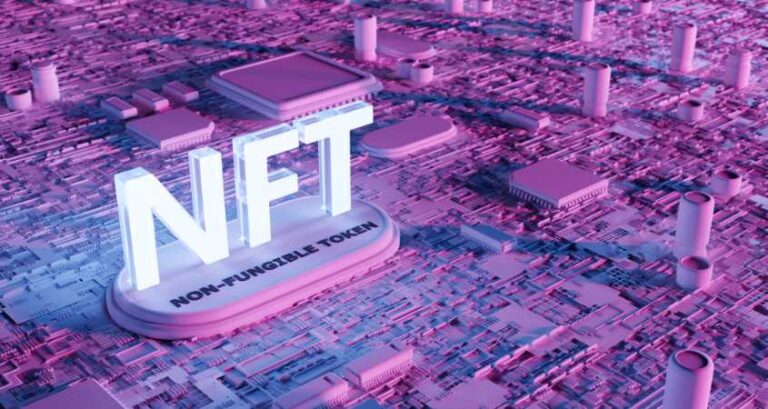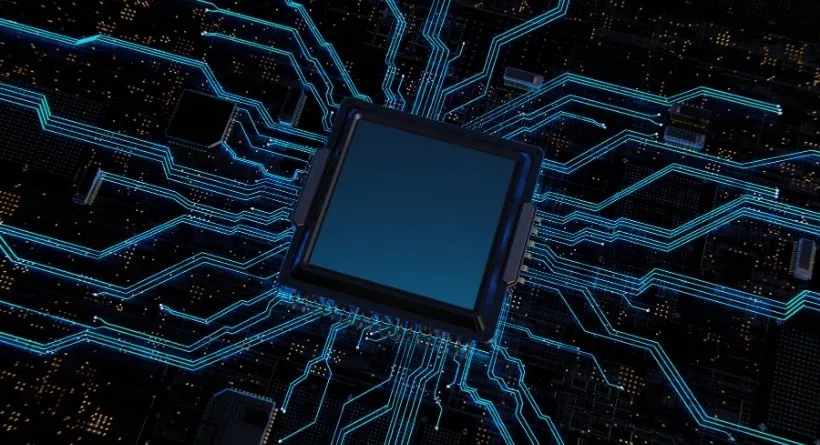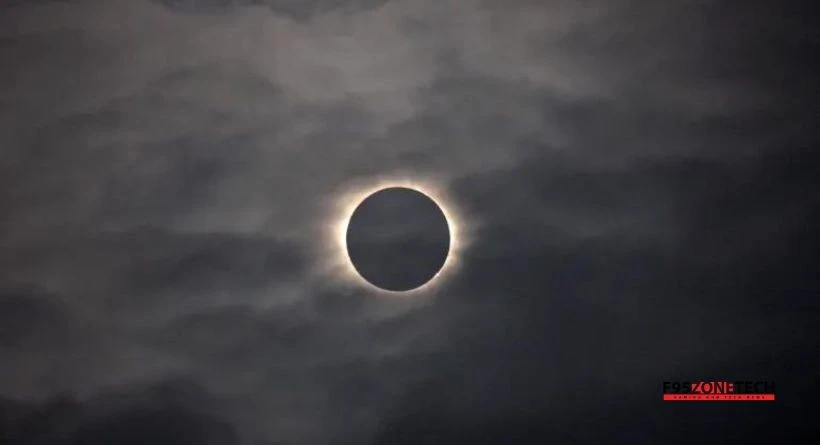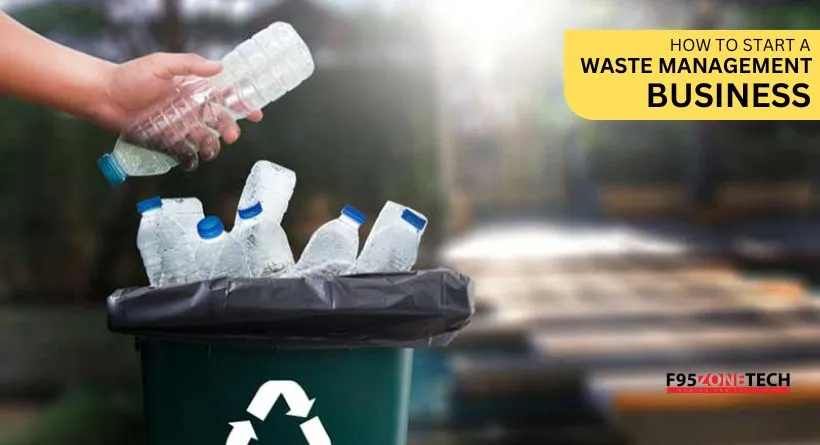Non-fungible tokens (NFTs) are cryptographic assets that can be used to represent ownership of digital items. They’re similar to fungible cryptocurrencies like bitcoin, but instead of being pegged to a fiat currency like the dollar or euro, they’re based on blockchain technology. This means that you cannot exchange your NFT for any other asset—it’s yours and only yours.
What are NFTs?
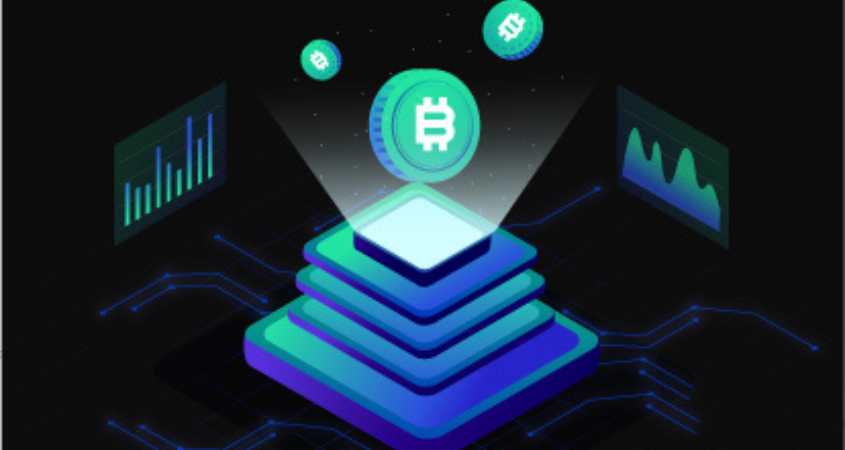
Non-fungible tokens (NFTs) are a digital asset that is unique, non-divisible and cannot be destroyed. NFTs are stored on the blockchain as ERC721 smart contracts, which allow for their creation using Ether. While there are many ways to create an NFT, the most common way is through Ethereum’s ERC721 standard:
- You can use Ether to purchase something from someone who owns it
- You can then hold onto this item as long as you want without worrying about losing access to it
Decentralized ownership
Decentralized ownership is a key feature of NFTs. You can own NFTs without having to trust a third party, which means that you can’t be forced out of ownership by someone else. For example, imagine if your friend had access to all your assets and could transfer them at any time; this would make it difficult for you to prove who actually owns what in the event of an emergency or dispute.

This is one reason why NFTs are often called non-fungible tokens (NFTs). The term comes from the fact that these assets aren’t fungible—that is, they don’t have any value outside their specific quantity or content. In addition, unlike traditional cryptocurrencies like Bitcoin or Etherium which are created by miners who compete against each other for rewards based on how much computing power they use over time; with NFTs there’s no competition between creators because no one controls them!
How do you get an NFT?

You can get an NFT in a few different ways.
- Create a token on an NFT platform. This is the easiest and most common way to get your own NFT, as it usually involves only filling out some forms and submitting them to the platform operator. Some examples of these platforms include: CryptoKitties, ERC-721, etc., but there are many more!
- Buy an existing one from an exchange like Bittrex or Poloniex—although these exchanges are not necessarily dedicated to trading only non-fungible tokens (NFTs), they do allow you to purchase these types of assets for fiat currency (USD/EUR) or cryptocurrencies such as Bitcoin or Ethereum. You can also trade using other cryptoassets like Litecoin if that’s what interests you more than just being able to buy Bitcoin directly (which requires another step).
- Get one from a friend or family member who already owns one through gifting—this method may require some discussion beforehand though because it might be difficult for people who don’t know each other well enough yet before making such a commitment toward helping someone else achieve their goals with this new technology!
How do you use an NFT?
NFTs can be used in a variety of ways. For example, an NFT could represent a virtual currency that you use to purchase virtual goods and services on games like Fortnite or League of Legends. Or it could be used as the token for your own game—for instance, if you’re developing one yourself.
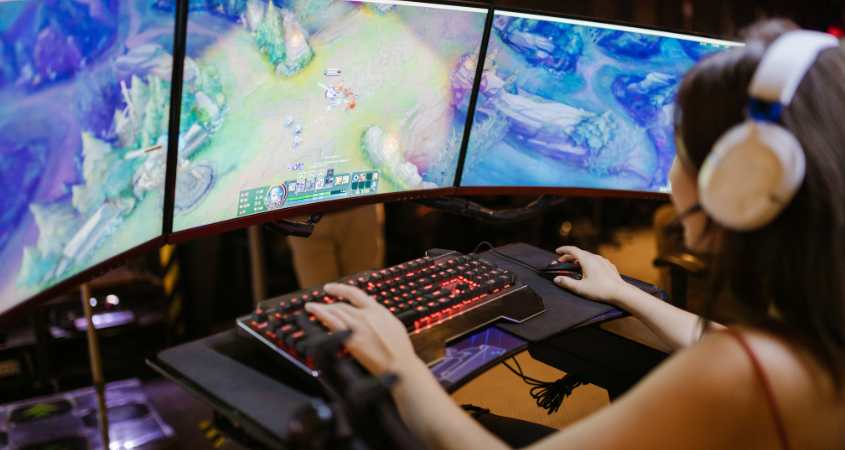
You can also use NFTs to represent real-world assets outside of gaming: for example, if you’re interested in investing in real estate development projects or property rights management through blockchain technology (i.e., buying/selling land from developers), then your purchase could be represented by an NFT representing ownership over that property.
Applications for the NFT model
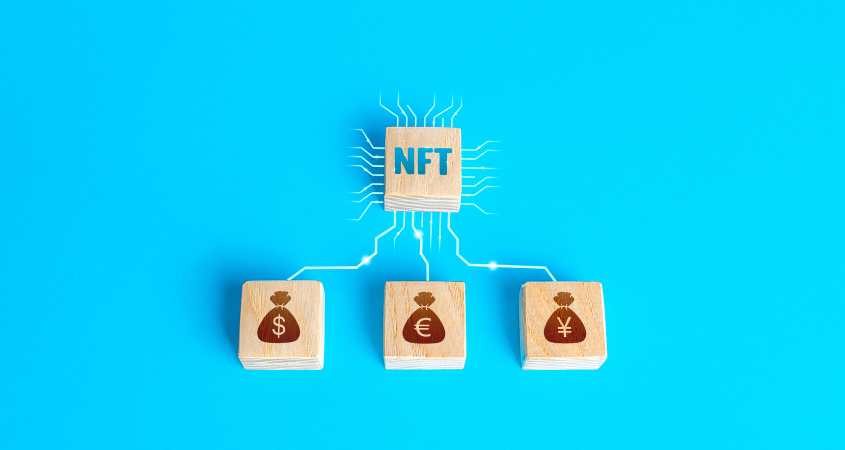
NFTs can be used in a variety of applications, including:
- Games. In games, players will often want to own and play with items that are not fungible but still have value for them—for example, collectibles such as Pokémon cards. These items are typically non-fungible tokens (NFTs).
- Artwork. Artists often want to sell their art in digital form but also want it protected from theft or damage by third parties who may not be able to pay for it directly from the artist themselves (such as when they live far away). This is where non-fungible tokens come into play because they allow artists’ works of art to exist independently from their owners without having any direct association between those two entities unless these individuals choose otherwise through an agreement made beforehand before sale has taken place; therefore creating an extra layer of security against fraud attempts which could otherwise go unnoticed if done manually without proper safeguards being implemented beforehand!
Questions about NFTs
- What is a non-fungible token?
Non-fungible tokens (NFTs) are unique digital assets that cannot be replicated. This means that no two NFTs are exactly alike and each has its own value, unlike fungible cryptocurrencies like bitcoin or Ethereum where the same units can be used for multiple transactions.
For example, if you have 1 bitcoin in your wallet and someone sends you another one, the difference between them is negligible: they’re both still worth exactly $1 USD (1 BTC). However, if someone were to tell me that they had 1 trillion dollars worth of bitcoins sitting around somewhere…well let’s just say I wouldn’t want any part of that!
The benefit here is that there’s no doubt about ownership because each unit has its own unique identity. You could even use non-fungibles as unique passwords for online accounts or computer software programs—just think about how many times we’ve seen people complain about their passwords being shared online by hackers who have hacked into their accounts themselves!
The NFT market is set to grow.

NFTs are a new asset class, and they’re an important part of the blockchain ecosystem. They can be used for all kinds of things, including:
- Game items
- Digital collectibles
- Physical goods, such as art or sports memorabilia
Conclusion
In conclusion, we hope that this article has helped you understand the basics of NFTs and how they can be used in your own projects. The market is still growing, so there are many opportunities for creativity and innovation in this area. We look forward to seeing what the future holds!
For more info Visit Us

